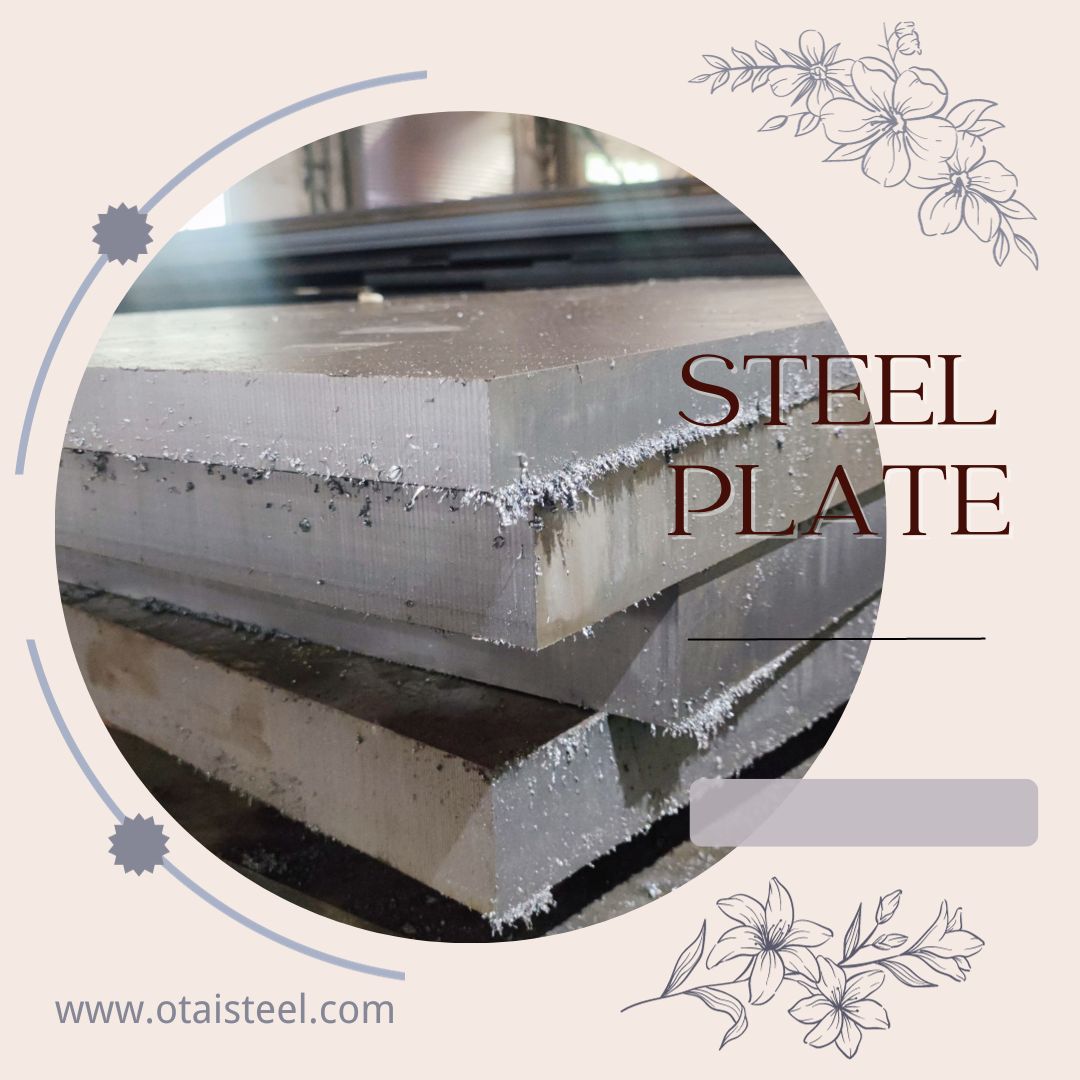The Versatility of 30CrNiMo8 Alloy Unleashed
In the ever-evolving landscape of metallurgy, certain alloys stand out for their versatility and adaptability. 30CrNiMo8 alloy is a prime example of such a material, weaving its way into various industries with unmatched flexibility and resilience. Let’s embark on a journey to explore the myriad facets of this alloy, unveiling the versatility that makes it a true game-changer.
Unraveling the Composition: The Alchemy of Elements
At the core of 30CrNiMo8 alloy’s versatility lies its unique composition. Chromium, nickel, and molybdenum converge to create a metallurgical symphony that endows the alloy with exceptional strength, toughness, and corrosion resistance. This composition isn’t just a formula; it’s the alchemy that lays the foundation for the alloy’s multifaceted applications.
From Foundry to Field: The Journey of 30CrNiMo8 Alloy
To understand the full scope of this alloy’s versatility, we must trace its journey from the foundry to diverse fields of application. From its creation in the foundry, 30CrNiMo8 alloy emerges as a raw material that undergoes various processes, each tailored to unlock specific properties. This journey sets the stage for the alloy’s transformative role in industries worldwide.
Gearing Up: 30CrNiMo8 in Machinery Components
One of the standout applications of 30CrNiMo8 alloy lies in its contribution to machinery components. Gears, shafts, and other critical parts benefit from the alloy’s exceptional strength and wear resistance. The versatility of 30CrNiMo8 ensures that these components endure the rigors of heavy-duty machinery, maintaining optimal performance over extended periods.
Construction Marvels: Structural Applications of 30CrNiMo8 Alloy
Beyond machinery, the versatility of 30CrNiMo8 alloy extends to structural applications in construction. From high-stress bolts to load-bearing elements, the alloy’s robustness and durability make it a reliable choice for projects demanding structural integrity. Its adaptability to varying construction needs highlights its versatility in the built environment.
Navigating Hostile Environments: 30CrNiMo8 in Challenging Conditions
Industries operating in hostile environments, such as oil and gas, demand materials that can withstand extreme conditions. 30CrNiMo8 alloy proves its mettle in such settings, showcasing corrosion resistance and mechanical toughness. Its ability to thrive in challenging conditions underscores its versatility across industries with demanding operational parameters.
Transportation Triumphs: 30CrNiMo8 in Automotive Applications
The automotive sector, with its stringent requirements for performance and safety, finds a reliable ally in 30CrNiMo8 alloy. Whether in crankshafts, axles, or other crucial components, the alloy’s versatility ensures optimal performance, contributing to the efficiency and durability of vehicles on the road.
Aerospace Excellence: 30CrNiMo8 Alloy Soaring to New Heights
In the aerospace industry, where precision and reliability are non-negotiable, 30CrNiMo8 alloy proves its worth. From aircraft landing gear to critical engine components, the alloy’s versatility shines in applications where lightweight strength and resistance to fatigue are paramount.
Tooling Triumphs: 30CrNiMo8 in Precision Manufacturing
The versatility of 30CrNiMo8 alloy extends to the realm of precision manufacturing, particularly in tooling applications. From molds to cutting tools, the alloy’s hardness and machinability make it a preferred choice, enabling the creation of intricate and high-precision components.
Conclusion: The Versatility of 30CrNiMo8 Alloy Unleashed
In conclusion, 30CrNiMo8 alloy stands as a versatile force of nature in the world of materials. Its adaptability spans across machinery, construction, hostile environments, transportation, aerospace, and precision manufacturing. The alloy’s unique composition and journey from foundry to field underscore its ability to meet the diverse needs of industries, making it a true game-changer.
 Practical Applications of 30CrNiMo8 Alloy
Practical Applications of 30CrNiMo8 Alloy 30CrNiMo8 in Manufacturing Advancements
30CrNiMo8 in Manufacturing Advancements 30CrNiMo8 contributes to the automotive landscape, offering a blend of strength, precision, and reliability.
30CrNiMo8 contributes to the automotive landscape, offering a blend of strength, precision, and reliability. In the realm of metallurgy, few materials have undergone a transformation as remarkable as 30CrNiMo8. What began as a steel alloy has evolved into a super alloy, redefining the boundaries of strength, durability, and versatility. This article delves into the captivating journey of 30CrNiMo8, tracing its evolution from a conventional steel to a super alloy that stands at the forefront of modern engineering.
In the realm of metallurgy, few materials have undergone a transformation as remarkable as 30CrNiMo8. What began as a steel alloy has evolved into a super alloy, redefining the boundaries of strength, durability, and versatility. This article delves into the captivating journey of 30CrNiMo8, tracing its evolution from a conventional steel to a super alloy that stands at the forefront of modern engineering.